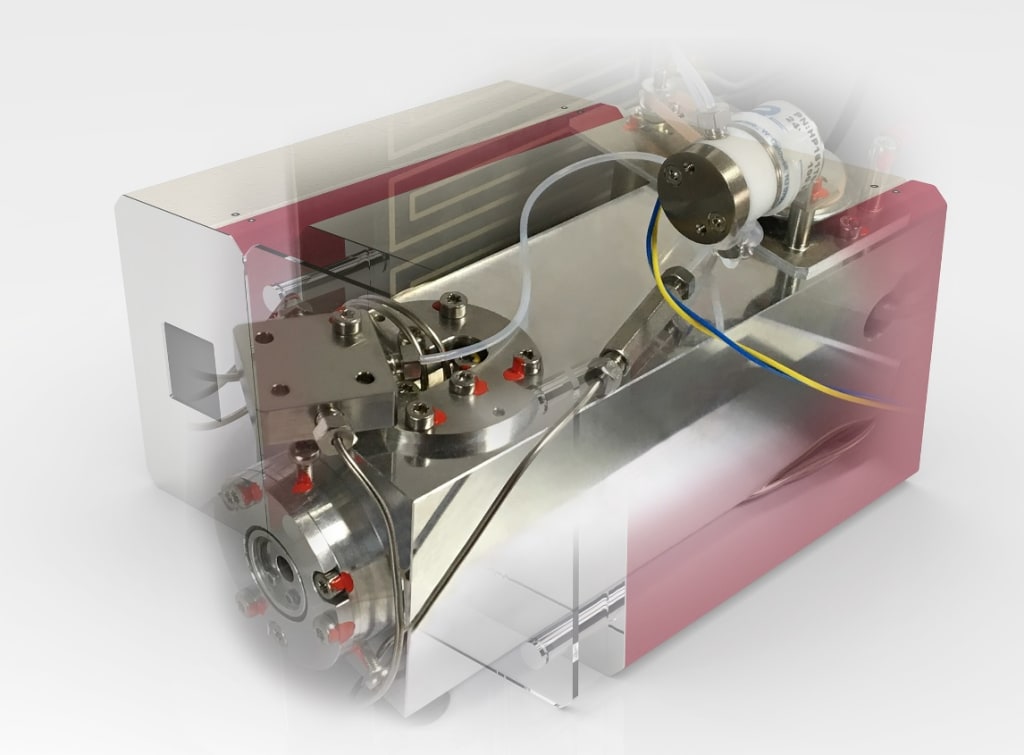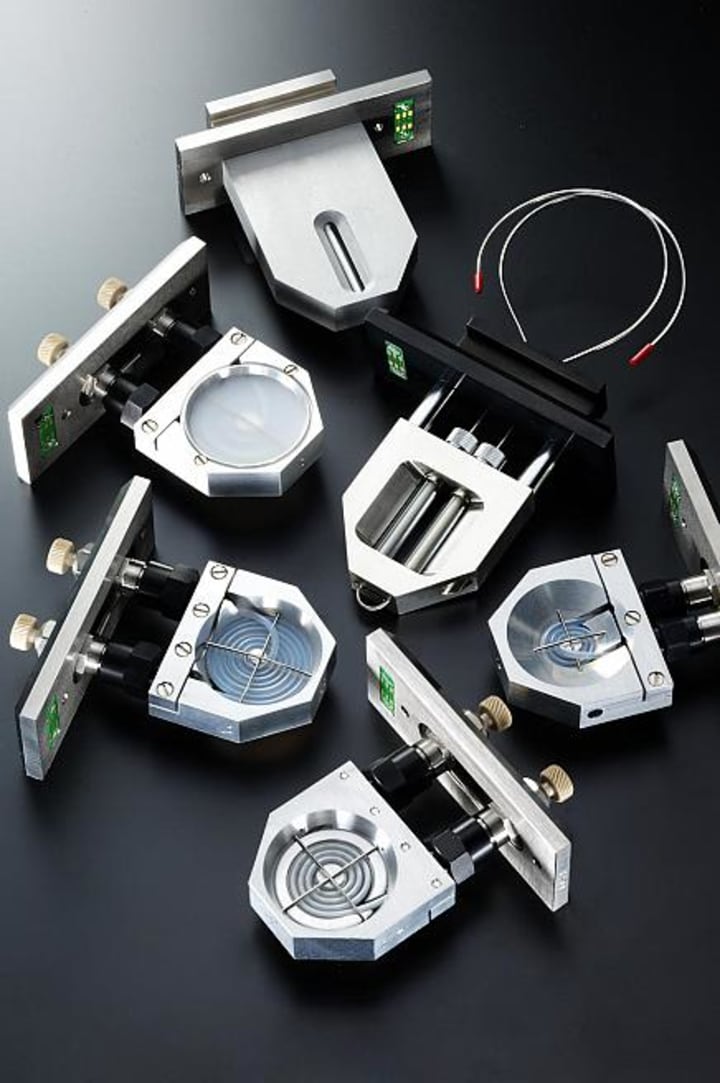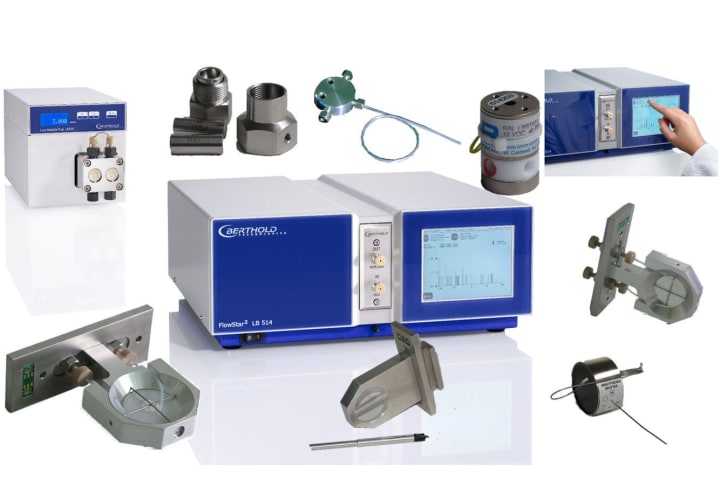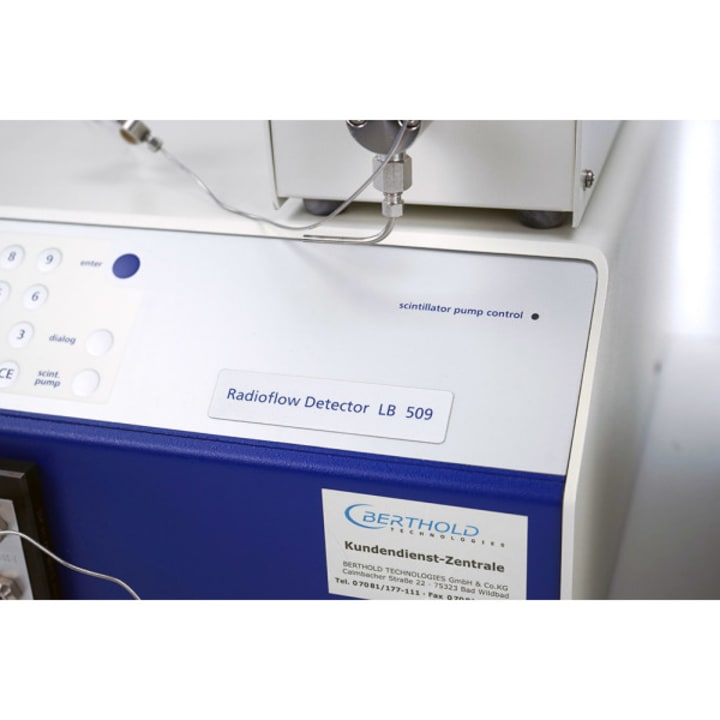Maximizing Efficiency and Precision in Chromatography: Exploring HPLC Detectors
Unraveling the Technology Behind Accurate Compound Identification

High-Performance Liquid Chromatography (HPLC) stands as a cornerstone in analytical chemistry, empowering scientists across diverse fields to unravel the mysteries of compounds with unparalleled precision. At the heart of every HPLC system lies a crucial component: the detector. These detectors serve as the eyes of the chromatographic process, converting chemical signals into measurable data. In this article, we delve into the realm of HPLC detectors, exploring their types, functions, and the advancements driving analytical excellence. for more advance technologies made by berthold visit their website berthold.com.
Understanding HPLC Detectors
HPLC detectors play a pivotal role in separating and quantifying analytes within a sample. They detect the eluting compounds based on various physical or chemical properties, such as absorbance, refractive index, fluorescence, or conductivity. Each type of detector offers unique advantages and is chosen based on the specific requirements of the analytical task at hand.

Types of HPLC Detectors
- UV-Visible Detectors: Among the most widely used detectors, UV-Visible detectors operate on the principle of absorbance. They measure the absorbance of light at specific wavelengths, providing valuable information about the presence and concentration of analytes. UV detectors offer high sensitivity and are ideal for applications involving compounds with chromophores.
- Fluorescence Detectors: Fluorescence detectors leverage the phenomenon of fluorescence exhibited by certain compounds. These detectors emit light at a longer wavelength than the excitation wavelength, enabling the detection of even trace amounts of fluorescent analytes. Fluorescence detection is highly sensitive and selective, making it suitable for applications requiring exceptional detection limits.
- Refractive Index Detectors (RID): RIDs detect changes in refractive index caused by analyte elution. They are particularly useful for compounds lacking UV absorbance or fluorescence, such as sugars, polymers, and some biomolecules. RIDs offer universal detection and are compatible with a wide range of solvents and analytes.
- Conductivity Detectors: Conductivity detectors measure the change in electrical conductivity of the eluent caused by the presence of ions. These detectors are commonly employed in ion chromatography and are adept at detecting ionic species with high sensitivity.
- Mass Spectrometry Detectors (MS): Mass spectrometry detectors provide unparalleled specificity and sensitivity by measuring the mass-to-charge ratio of ions produced from analytes. HPLC coupled with MS detection enables the identification and quantification of compounds with exceptional accuracy, making it indispensable in fields such as pharmaceutical analysis and metabolomics.

Advancements in HPLC Detection Technology
The field of HPLC detection continues to evolve rapidly, driven by advancements in technology and the quest for enhanced analytical performance. Recent innovations focus on improving sensitivity, selectivity, and versatility, thus expanding the horizons of HPLC applications.
Miniaturization and Integration: Miniaturization of detectors allows for the development of compact, portable HPLC systems suitable for on-site analysis and point-of-care diagnostics. Integrated detectors further streamline workflows, reducing analysis time and improving efficiency.
Hyphenated Techniques: Hyphenated techniques, such as HPLC-MS and HPLC-NMR, combine the power of chromatography with other analytical methods, enabling comprehensive compound characterization. These hybrid systems offer synergistic benefits, enhancing both identification and quantification capabilities.
Multidimensional Detection: Multidimensional detection schemes, such as two-dimensional chromatography coupled with multiple detectors, provide enhanced peak resolution and analyte discrimination. By harnessing the complementary information from different detectors, researchers can unravel complex sample matrices with unprecedented clarity.
Data Handling and Automation: Advanced data handling algorithms and automation technologies streamline data analysis and interpretation, facilitating the rapid generation of actionable insights. These innovations empower researchers to extract maximum value from HPLC datasets efficiently.

Berthold Technologies: Pioneering Excellence in HPLC Detection
Amidst the plethora of companies dedicated to advancing HPLC technology, Berthold Technologies stands out as a trailblazer in the field of detection instrumentation. With a rich legacy of innovation spanning over seven decades, Berthold continues to push the boundaries of detection sensitivity, reliability, and performance.
- Berthold LB 509 HPLC Detector: The Berthold LB 509 HPLC detector embodies the pinnacle of detection excellence, offering unmatched sensitivity and dynamic range. Equipped with state-of-the-art photon counting technology, the LB 509 delivers precise quantification of analytes across a broad concentration range, from trace levels to high concentrations.
- Berthold Technologies: Driving Innovation in HPLC Detection: Berthold Technologies remains at the forefront of HPLC detection innovation, consistently introducing groundbreaking solutions to address the evolving needs of analytical chemists worldwide. From ultra-sensitive luminescence detectors to versatile multi-channel systems, Berthold's product portfolio caters to diverse applications with uncompromising performance and reliability.
These are just an example technologies of Berthold, if you want to know more about their technologies visit berthold.com.
Conclusion
HPLC detectors serve as the linchpin of chromatographic analysis, enabling scientists to unravel the complex composition of samples with unparalleled precision. As the demand for analytical excellence continues to soar, advancements in detection technology pave the way for new frontiers in scientific discovery and innovation. With companies like Berthold Technologies leading the charge, the future of HPLC detection shines brighter than ever, promising transformative insights and breakthroughs across a myriad of disciplines.





Comments (1)
Some great tips!!! ❤️🇮🇱